“Seinfeld” fans know the show inside and out, but even the most dedicated viewers might not be aware of all the quirky details that went into making it the cultural phenomenon it is. From behind-the-scenes stories to the hidden gems sprinkled throughout each episode, there’s a lot more to “Seinfeld” than what meets the eye. For fans who think they’ve caught every reference and trivia tidbit, these fun facts might just surprise you.
Over the years, the show has become so ingrained in pop culture that it’s easy to forget there’s more beneath the surface. These lesser-known stories and details reveal what made the show so unique, from the characters’ development to little Easter eggs you might have missed. Ready to uncover some new “Seinfeld” gems? Keep reading—you might learn something new about your favorite show.
The Real-Life Soup Nazi
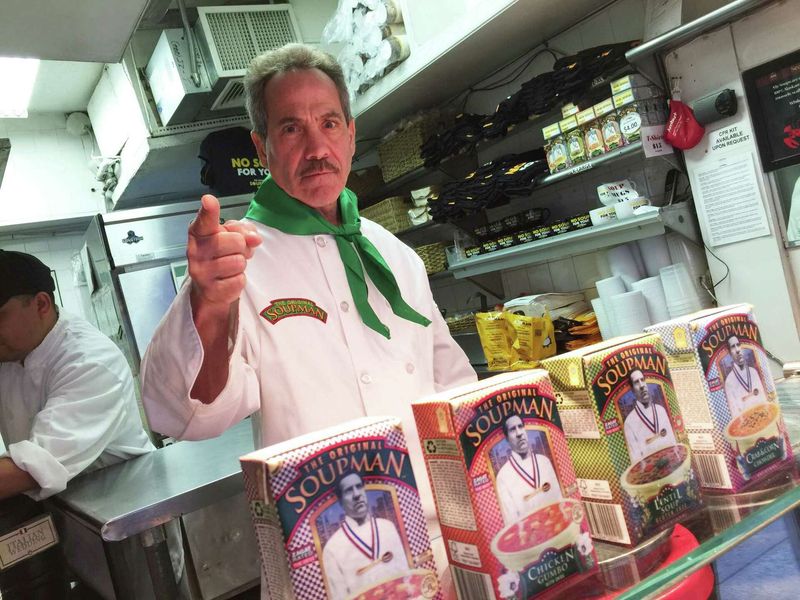
Did you know that the infamous Soup Nazi, a fan-favorite character, was inspired by a real-life person? Al Yeganeh ran a soup kitchen in New York City, known for its strict rules and delicious soups. This character made quite an impact on the show and fans alike, becoming a legendary part of Seinfeld lore.
His no-nonsense attitude and catchphrase “No soup for you!” struck a chord with audiences. The real Al Yeganeh, however, wasn’t particularly thrilled with his portrayal on the show. He felt it misrepresented his business, though it undeniably raised its profile.
Kramer’s First Name Mystery
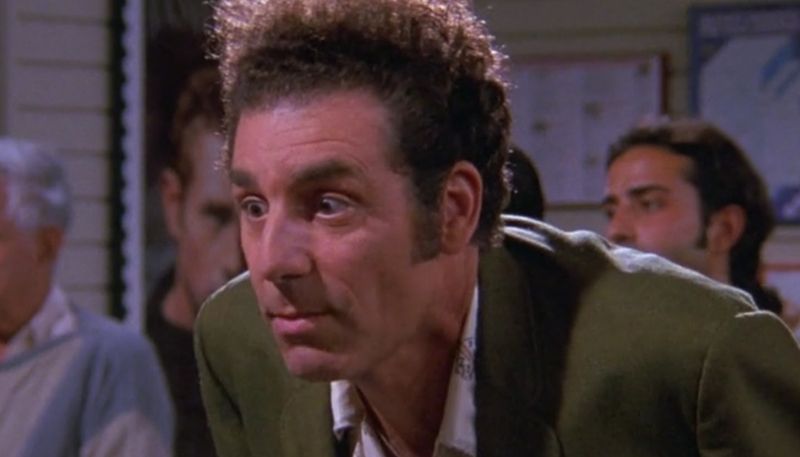
Kramer is a character who always kept fans guessing, especially when it came to his first name. For several seasons, his full name remained a mystery until it was finally revealed as Cosmo. This revelation was a delightful surprise for viewers who had grown accustomed to the enigmatic neighbor.
The writers decided to unveil this tidbit in the sixth season, adding another layer to Kramer’s quirky persona. Interestingly, this name choice wasn’t random. It was inspired by the show’s co-creator Larry David’s friend, Kenny Kramer. This link added a touch of reality to the whimsical world of Seinfeld.
Elaine’s Iconic Dance
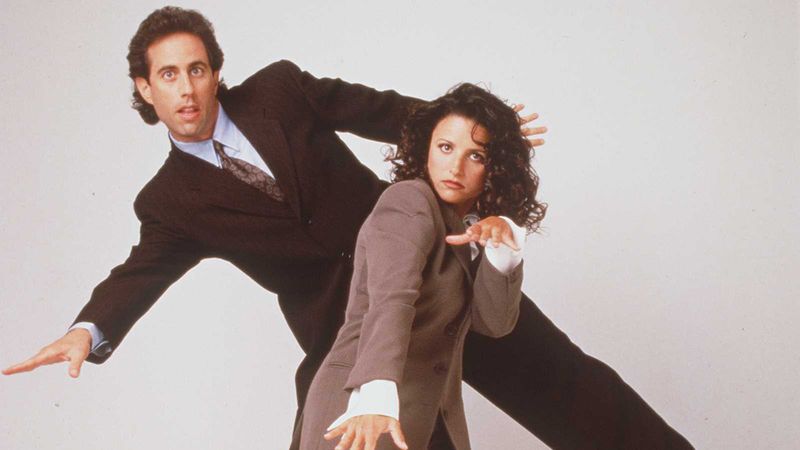
Remember Elaine’s unforgettable dance moves? This iconic scene has become a hallmark of her character. Julia Louis-Dreyfus’s performance was both cringe-worthy and hilarious, showcasing Elaine’s lack of rhythm in the most comedic way possible.
The dance was so memorable that it became a defining moment for the character and the series. Fans loved the authenticity and humor it brought to the show. Surprisingly, this awkward dance was improvised by Louis-Dreyfus herself, proving her comedic genius. It’s one of those moments that encapsulates the spirit of Seinfeld: awkward, endearing, and utterly hilarious.
Jerry’s Superstition
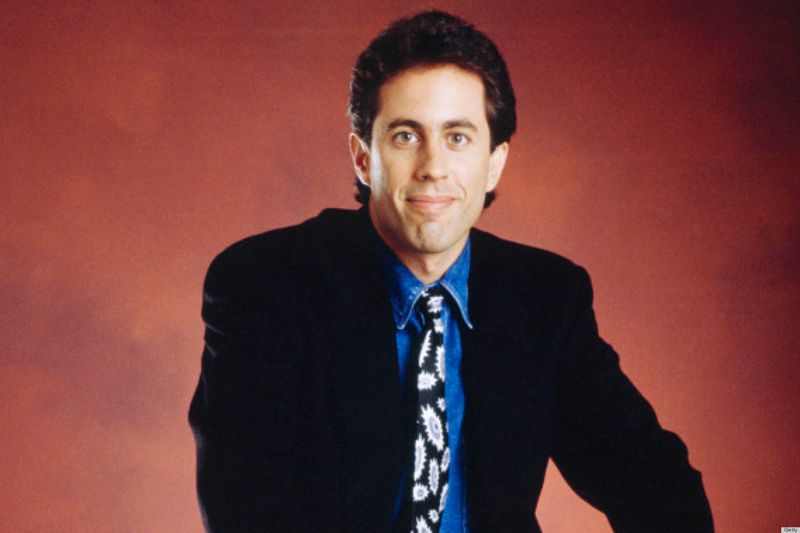
Jerry Seinfeld, both the character and the real-life comedian, has his quirks. One lesser-known fact is his superstition about sneezing. On the show, Jerry often avoids saying “bless you” when someone sneezes. This trait was inspired by Seinfeld’s real-life belief that saying “bless you” is unnecessary.
Jerry’s perspective adds a unique layer to his character, reflecting his observational comedy style. The show’s writers cleverly incorporated this quirk into various episodes, making it a subtle yet amusing running gag. It’s these small details that enrich the characters and make them relatable to audiences.
George’s Double-Dipping Dilemma
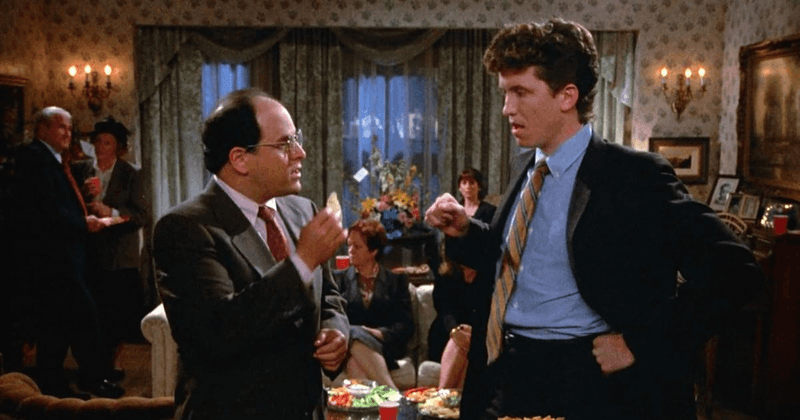
George Costanza, played by Jason Alexander, never fails to entertain with his neurotic tendencies. One memorable scene involves George being caught double-dipping a chip at a party. This moment sparked debates among fans about food etiquette.
The scene perfectly captures George’s character: socially awkward and hilariously oblivious. Interestingly, this wasn’t just a comedic moment; it became a cultural reference point for discussions about manners. The double-dipping incident is still cited in conversations today, proving Seinfeld’s lasting impact on pop culture.
The Contest Episode
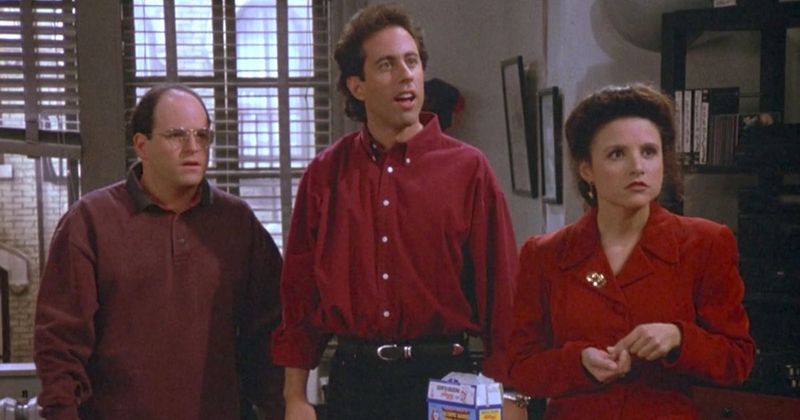
“The Contest” is one of Seinfeld’s most famous episodes, remembered for its daring storyline and clever writing. The episode revolves around a bet among the main characters to determine who can remain “master of their domain” the longest.
This storyline was groundbreaking for its time, tackling an unconventional topic with humor and nuance. The writers skillfully navigated the subject without ever explicitly mentioning it, showcasing their ingenuity. “The Contest” received critical acclaim and even won an Emmy Award, solidifying its place as a classic moment in television history.
Newman’s Hidden Depths
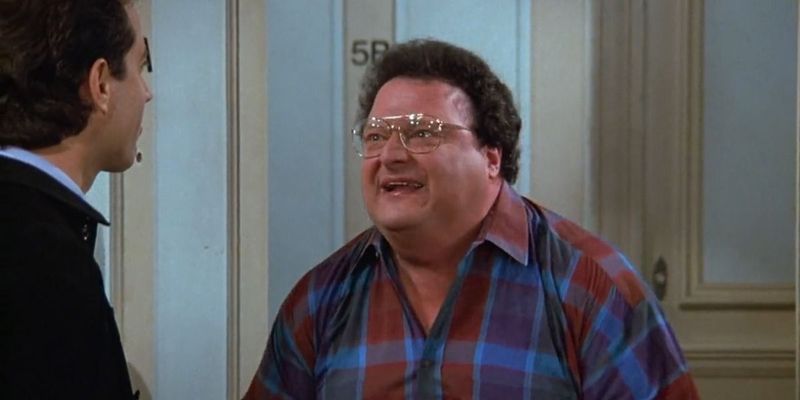
Newman, Jerry’s nemesis, is more than just a comedic foil. Played by Wayne Knight, Newman’s character has surprising depth and occasional moments of vulnerability. His rivalry with Jerry is legendary, adding tension and humor to the show.
Despite being portrayed as a villain, Newman’s motivations and insecurities make him relatable. The writers masterfully balanced his character, blending comedy with subtle complexity. Newman’s presence in the show provided a dynamic contrast to Jerry’s world, enriching the narrative with his unpredictable antics.
Seinfeld’s Real Apartment

Fans of Seinfeld might be surprised to learn that Jerry’s apartment was based on a real location. The show’s creators drew inspiration from a building in Manhattan where Larry David lived during his early years as a comedian.
This connection to a real place added authenticity to the show’s setting. While the interior was fictionalized, the exterior shots and the atmosphere captured the essence of New York living. This apartment became an iconic backdrop for countless memorable moments, grounding the show’s humor in a relatable reality.
Kramer’s Door-Entering Technique
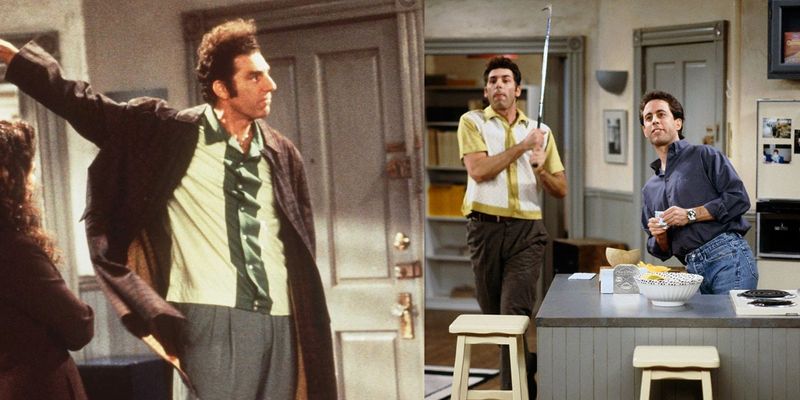
Kramer’s entrances into Jerry’s apartment are nothing short of legendary. His signature sliding-door technique became a hallmark of the show, adding a dose of physical comedy that fans adored. Michael Richards, who portrayed Kramer, perfected this move, turning it into an art form.
The energetic entrances were not scripted, showcasing Richards’ improvisational talent. This spontaneous flair contributed to the character’s charm and unpredictability. Kramer’s entrances became a beloved running gag, delighting audiences with each appearance. It’s a testament to the actor’s creativity and the show’s commitment to unconventional humor.
The Junior Mint Incident

The “Junior Mint” episode is a fan favorite, with its mix of humor and absurdity. In this memorable scene, Kramer accidentally drops a Junior Mint into a patient’s body during surgery. This bizarre mishap leads to unexpected consequences and laughs.
This episode is a perfect example of Seinfeld’s knack for turning the mundane into the hilarious. The writers’ ability to weave such an outlandish event into the plot highlights their comedic genius. The Junior Mint moment remains one of the show’s most iconic scenes, illustrating the unpredictable and creative nature of Seinfeld’s storytelling.
Elaine’s Wardrobe Malfunction
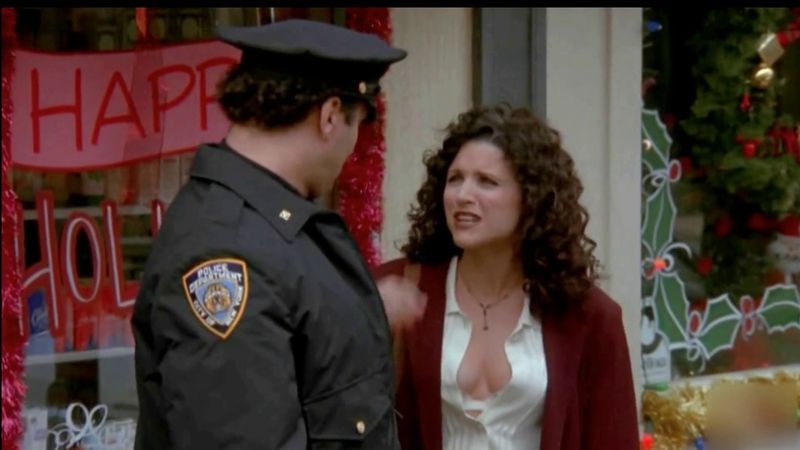
Elaine Benes, known for her fashionable yet quirky style, experienced a memorable wardrobe malfunction during the show. In one episode, her exposed bra became a comedic focal point, leading to awkwardly funny interactions.
This moment is a testament to Julia Louis-Dreyfus’s comedic prowess, as she turned a potential mishap into a hilarious highlight. The scene showcased Elaine’s relatability, blending humor with everyday challenges. It’s these relatable yet exaggerated moments that endeared the character to audiences, cementing her status as a beloved figure in television history.
The Puffy Shirt Fiasco
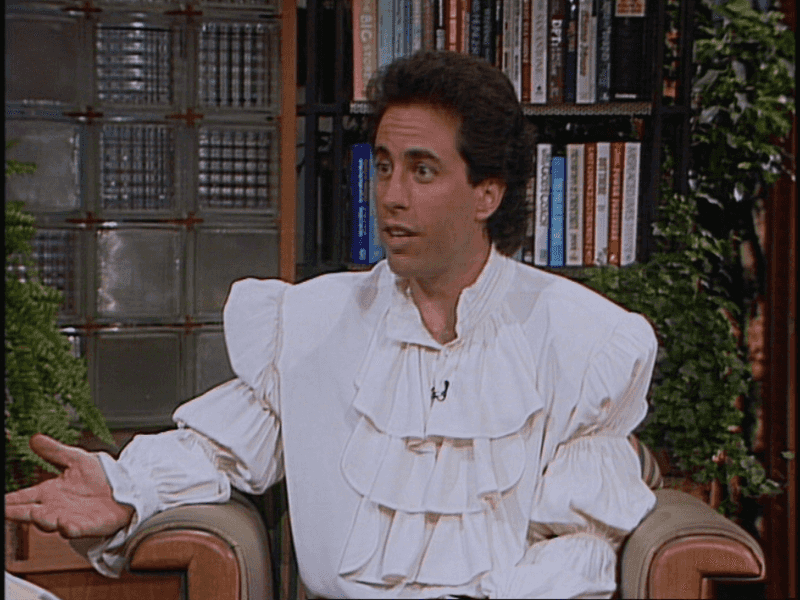
One of Seinfeld’s most unforgettable episodes involves Jerry wearing an absurdly puffy shirt on a talk show. This fashion disaster became a symbol of the show’s unique brand of humor, highlighting the absurdity of everyday situations.
The puffy shirt incident was inspired by real-life fashion mishaps and served as a commentary on fleeting trends. Jerry’s discomfort and the ensuing hilarity showcased the show’s ability to turn the ordinary into the extraordinary. This episode remains a fan favorite, celebrated for its witty dialogue and memorable visual gags.
George’s Alter Ego: Art Vandelay
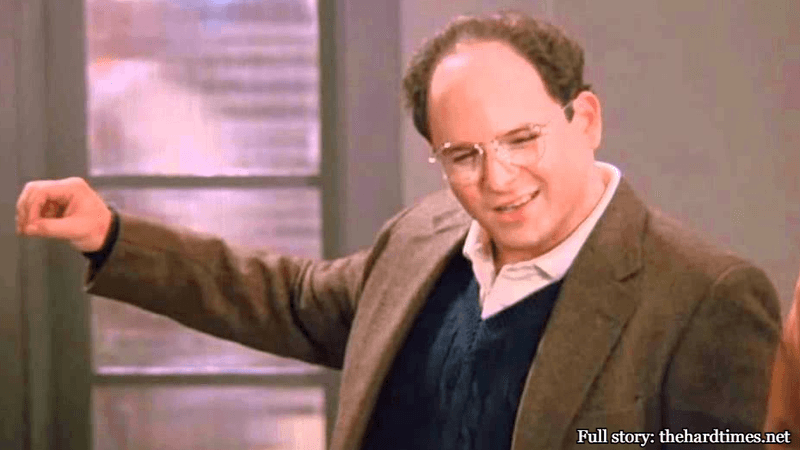
George Costanza often found himself in bizarre situations, many of which involved his alter ego, Art Vandelay. This fictional character became a running joke throughout the series, representing George’s attempts to escape reality.
Art Vandelay was more than just a name; he was a symbol of George’s insecurities and desire for success. The character’s creation allowed the show’s writers to explore themes of identity and self-deception. Through Art Vandelay, George’s character was able to express his frustrations, adding depth and relatability to his comedic escapades.
Newman’s Postal Conspiracy
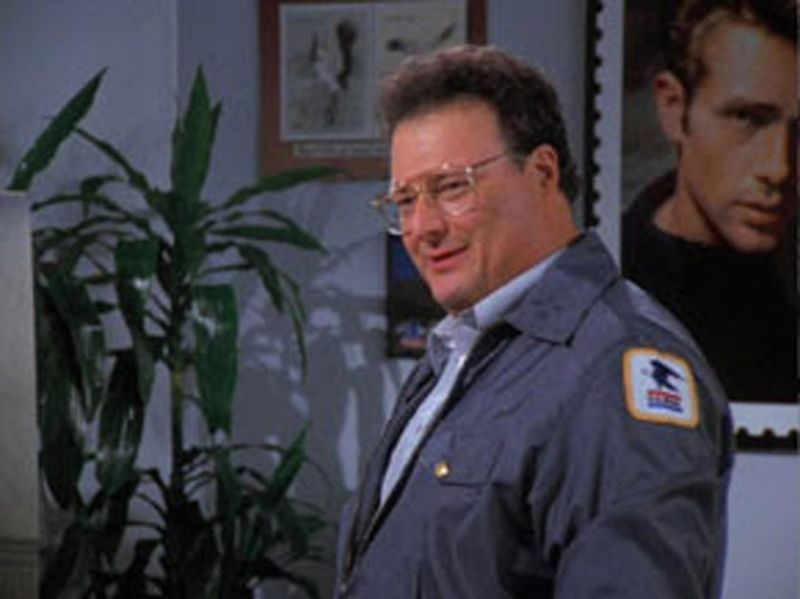
Newman’s job as a postal worker led to one of Seinfeld’s most amusing subplots: the postal conspiracy. In one episode, Newman reveals his belief in a vast conspiracy within the postal system. This quirky plotline added an element of intrigue to the show.
Wayne Knight’s portrayal of Newman brought this storyline to life, blending humor with a touch of paranoia. The conspiracy theory became a humorous commentary on bureaucracy and the inner workings of a seemingly mundane job. It’s a testament to the show’s ability to find humor in the most unexpected places.
Kramer’s Coffee Table Book
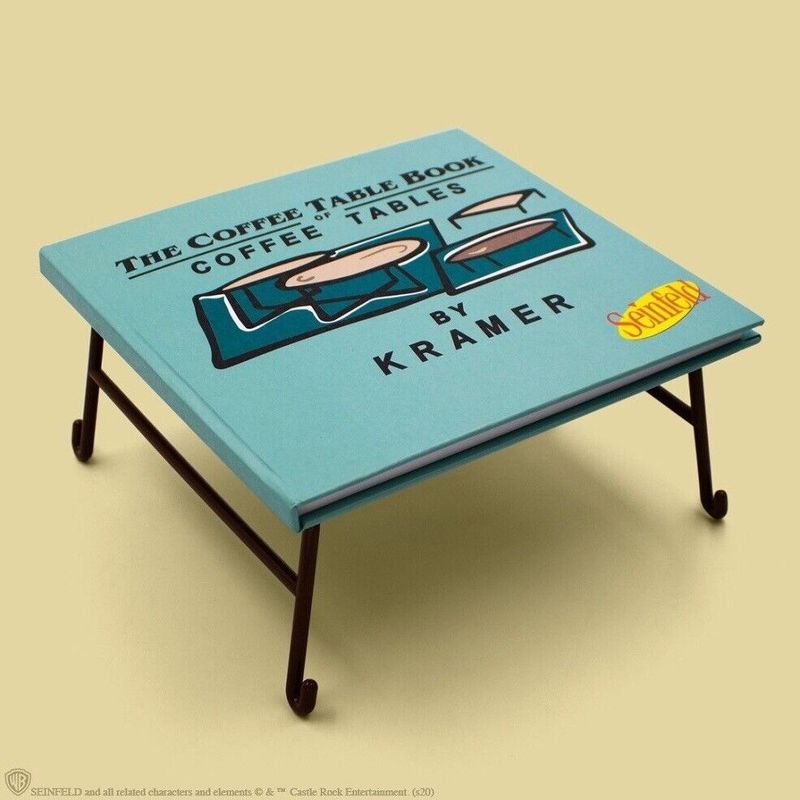
Kramer’s entrepreneurial spirit shone in the episode featuring his idea for a coffee table book about coffee tables. This meta-concept was both absurd and ingenious, showcasing Kramer’s unique perspective and creativity.
The book’s novelty lay in its design: it included fold-out legs, transforming into a mini coffee table. This inventive idea captured the imagination of fans, becoming a standout moment in the series. Kramer’s eccentricity and unorthodox thinking were on full display, endearing him to audiences and adding to the show’s charm.
Jerry’s Stand-Up Inspiration
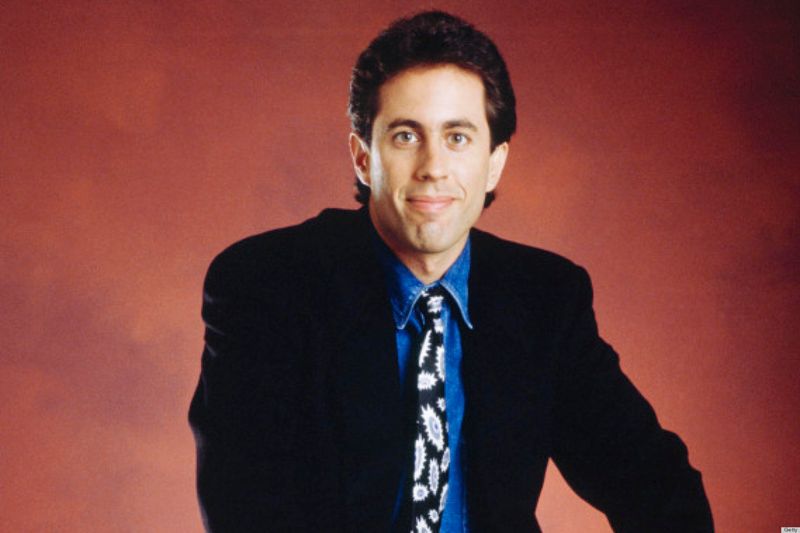
Jerry’s stand-up comedy routines were integral to the show, often reflecting the episode’s themes. Many of these routines drew inspiration from Jerry Seinfeld’s real-life experiences as a comedian, adding authenticity to the character.
The integration of stand-up allowed the series to explore everyday topics with humor and insight. Jerry’s observations on life’s trivialities resonated with audiences, cementing his status as a comedic icon. This blend of fiction and reality enriched the show’s narrative, making it relatable and timeless.
Elaine’s Vegetable Vendetta

Elaine’s disdain for vegetables became a recurring joke on Seinfeld, highlighting her quirky personality. In one episode, she passionately advocates against the consumption of broccoli, leading to comedic debates with her friends.
This aversion added a humorous layer to Elaine’s character, showcasing her strong opinions and stubborn nature. Julia Louis-Dreyfus’s portrayal brought this vendetta to life, turning a simple dislike into a memorable aspect of the show. It’s this attention to detail that made Elaine such a relatable and beloved character.
George’s Marine Biologist Moment

George’s short-lived career as a marine biologist led to one of Seinfeld’s most iconic scenes. In a twist of fate, he saves a beached whale, only to discover a golf ball lodged in its blowhole.
This moment perfectly encapsulated George’s character: hapless yet oddly heroic. The storyline was both absurd and hilarious, showcasing the show’s knack for blending humor with unexpected plot twists. It remains a fan favorite, celebrated for its wit and the hilarious delivery by Jason Alexander.
The Moops Trivia Mishap
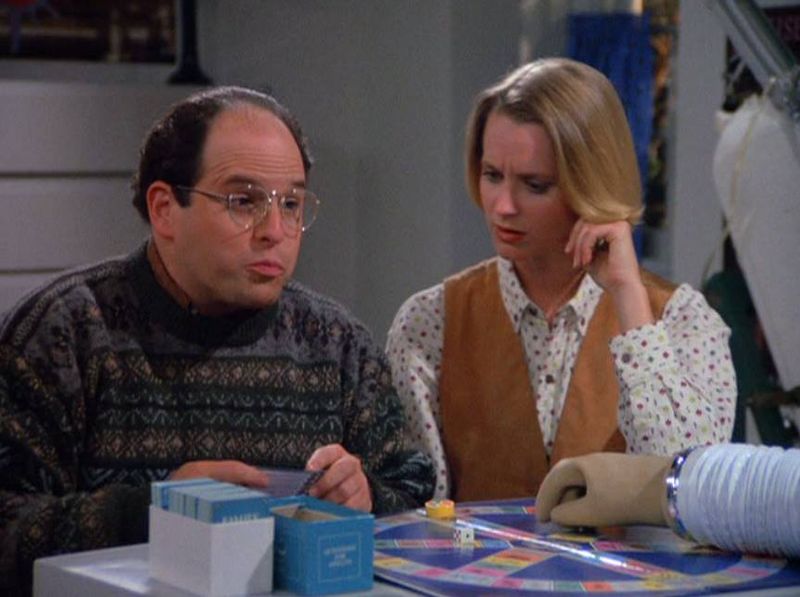
A game of Trivial Pursuit led to the unforgettable “Moops” incident, where George’s incorrect answer became a running joke. This moment highlighted the show’s ability to find humor in everyday activities.
The mishap was emblematic of George’s stubbornness and the show’s penchant for turning trivial moments into comedic gold. It remains a beloved scene, illustrating the quirky dynamics among the characters and their enduring appeal.
Kramer’s Movie Phone Prank
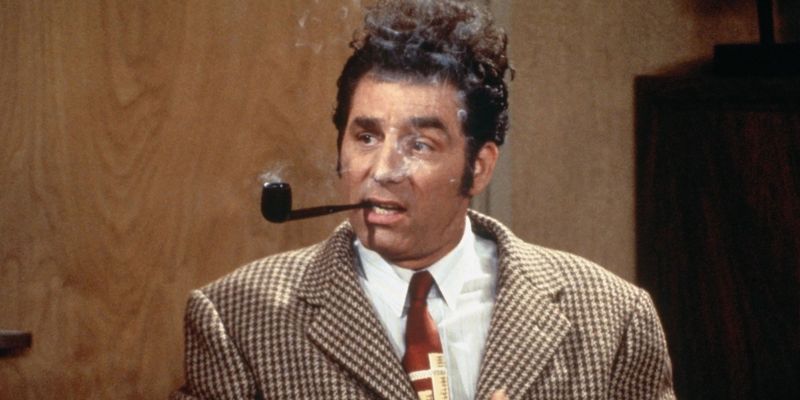
Kramer’s adventures often led to hilarious situations, such as his stint as a fake Movie Phone operator. This plotline involved him mistakenly impersonating a service that provided movie showtimes.
The prank was a perfect example of Kramer’s lovable chaos, adding humor to the show’s narrative. Michael Richards’s comedic timing brought the scenario to life, making it a standout moment in the series. The storyline captured the show’s innovative approach to comedy, turning simple misunderstandings into laugh-out-loud moments.
Elaine’s Urban Sombrero
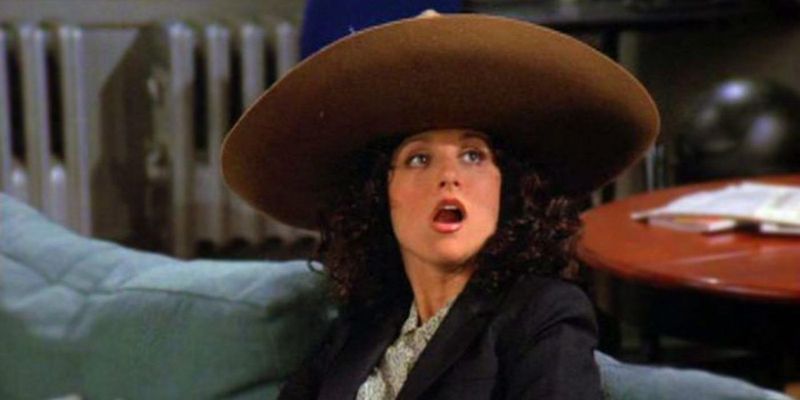
Elaine’s stint at the J. Peterman catalog led to the creation of the “Urban Sombrero,” a fashion item as impractical as it was hilarious. This storyline showcased Elaine’s creativity and humor, even when facing professional challenges.
The urban sombrero became an iconic symbol of the show’s quirky approach to fashion and satire. Julia Louis-Dreyfus’s performance brought this absurd concept to life, adding to the show’s legacy of unforgettable moments.
The Marble Rye Caper
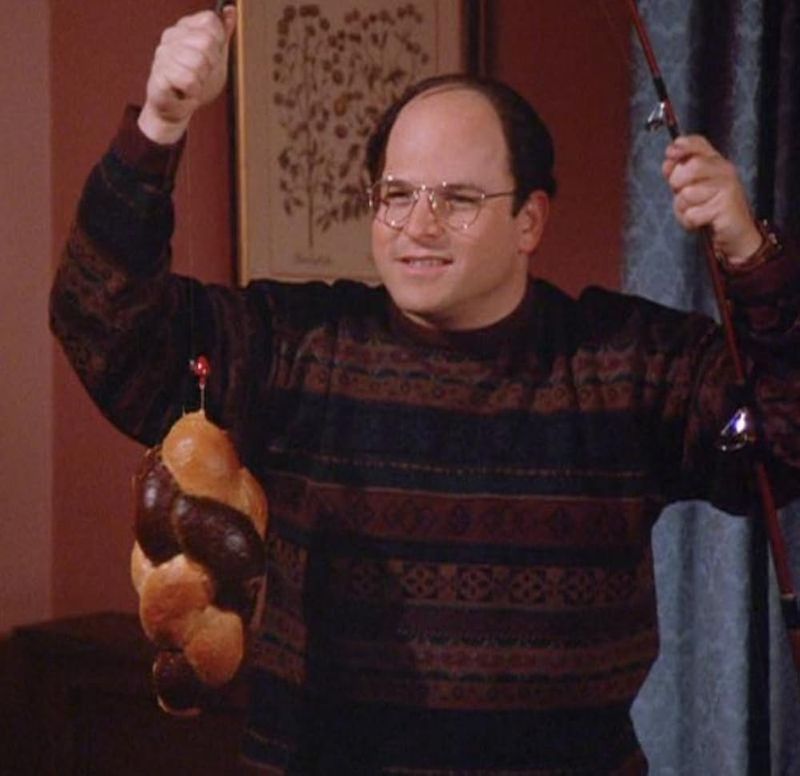
The “marble rye” episode is a classic, featuring George’s desperate attempt to retrieve a loaf of bread from his in-laws. This caper highlighted his resourcefulness and the show’s comedic brilliance.
The incident became a fan favorite for its absurdity and sharp humor, illustrating George’s willingness to go to great lengths for success. The marble rye caper is a testament to Seinfeld’s ability to turn everyday scenarios into comedic masterpieces.
